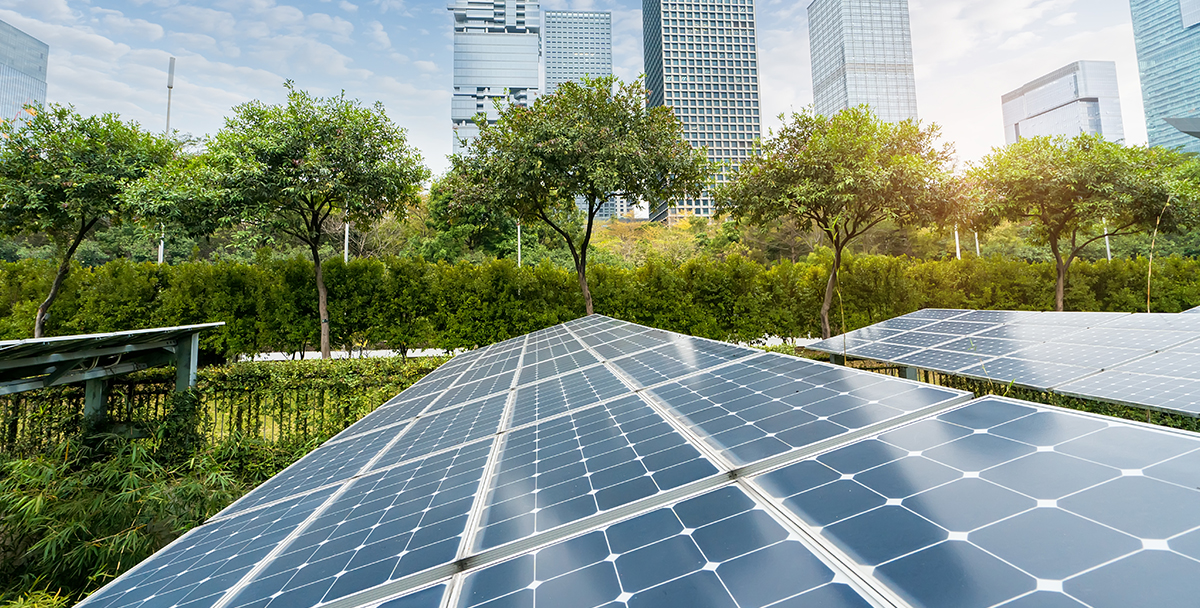
Creation date
With the clean-energy transition upon us, experts are now anticipating the emerging waste streams from new clean technology such as wind turbines, solar panels, and renewable batteries will increase as much as 30 times what they are now. How can climate experts manage these new waste streams and head off this potential problem? The answer could be found in implementing circular economy principles, which are built around reusing and recycling resources to lower demand for new resource production, lowering greenhouse gas emissions, and helping to curb waste.
Opportunities and Challenges of the Clean-Energy Transition
Countries throughout the European Union and the world are making large efforts to reduce their dependence on fossil fuels for their energy needs. As more industries make this transition, the demand for new renewable energy equipment and materials is rising.
There are huge opportunities to reduce the coming wave of clean energy waste product production, such as:
- Recycling metals and rare earth minerals comprising many clean energy products, an emphasis of the revolutionary circular economy transition growing around the world.
- The extraction of other useful materials that can be reused, such as glass, copper, and steel
However, there are many challenges to building reduction and recycling principles into these new emerging waste streams, such as:
- Emerging technology trying to keep up with the rapid clean-energy transition creates faster obsolescence for clean energy technology, resulting in ever-increasing waste cycles.
- Complex logistics for recovering raw materials and reusing them for other products and technology, stemming from, among other factors, high volumes and recovery efforts from remote locations.
- Technology design which does not consider end of life and the presence of hazardous materials.
In order to prevent ecological disasters around the world, the clean-energy transition must continue, with increased attention on how to manage the new waste streams emerging from this transition.
